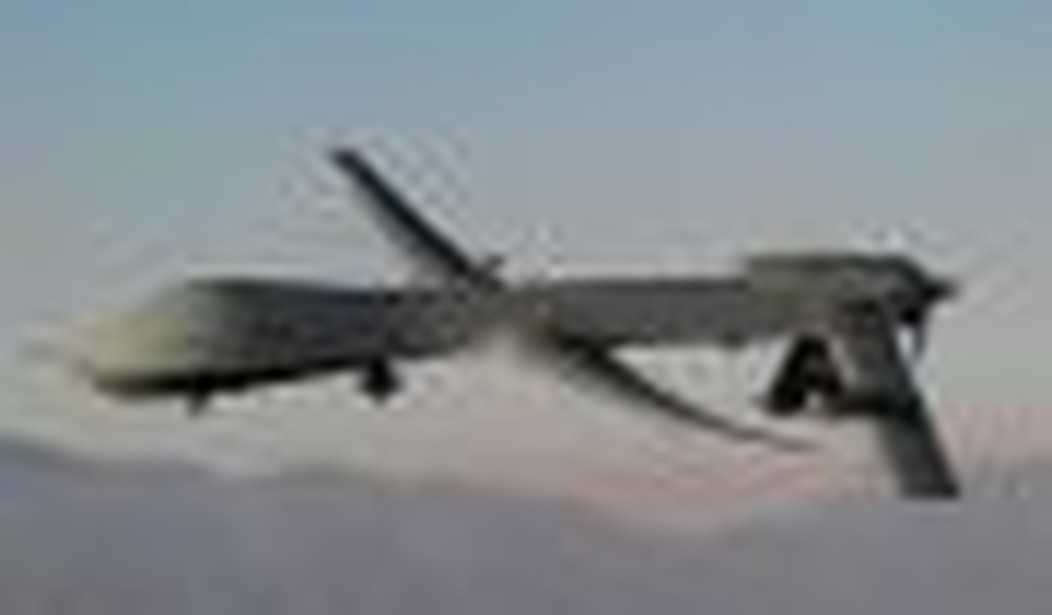The last days of the Bush administration saw a rash of drone attacks on terrorist targets in northwestern Pakistan. The Department of Defense calls them “hunter-killer” missions and assigns credit for the pilotless missile attacks to the CIA. Between September 2008 and January 1, 2008, the CIA conducted at least 38 drone missile strikes in Pakistan’s lawless tribal areas, inciting criticism regarding collateral damage and confusion regarding foreign policy. But the Bush administration never let up, largely because the drone strikes were so effective in taking out the world’s most wanted terrorists who had otherwise evaded capture.
In November 2008, a drone strike in Waziristan is said to have eliminated Rashid Rauf, mastermind of the 2006 London planes plot. A drone strike on New Year’s Day killed two of the FBI’s most wanted terrorists, Fahid Mohammed Ali Msalam and Sheik Ahmed Salim Swedan. Both men were indicted for their role in the 1998 U.S. embassy bombings in East Africa in abstentia. It took ten and a half years for U.S. intelligence to locate the killers, but in the end it was a drone that found them.
Pakistan’s Prime Minister Syed Yousuf Raza Gilani went on record earlier this month saying that once President Obama took office, the drone attacks would stop. But three days after the new American president took office, the Pakistani prime minister had to eat his words. On the night of January 23, President Obama ordered five separate missile attacks from drones, in northwest Pakistan. Officials in Pakistan say at least 22 people were killed. But despite Pakistan’s verbal disapproval of Obama’s use of drones, they are not doing anything to stop them. The head of Pakistan’s Air Force has said on the record that Pakistan has the capacity to shoot down American drones and spy planes, but so far has not.
Drones have been developed by the CIA for nearly 50 years, beginning in 1959 when the CIA began gathering information about the first nuclear facility being built by the Chinese, at Lop Nur. CIA pilots flying reconnaissance missions across China were getting shot down (Lop Nur is located 2,000 miles inside mainland China, almost to Mongolia) and drones could perform missions too dull, dirty, or dangerous for piloted aircraft. Dull included long flights where pilots could easily face fatigue; dirty meant situations where weapons of mass destruction might be involved; dangerous meant low-flying missions over denied territory where shoot-downs were almost certain.
Despite the drone’s long and significant role in the history of aerial espionage, the world at large would only come to learn about drones in 2002. On November 3, 2002, the CIA launched a Hellfire air-to-surface missile from a Predator drone flying over a road in the desert in Yemen. In doing so it reduced six al-Qaeda operatives and their car to a smoking pile of ash and brought drones out of the shadows and into the spotlight.
The debate was on. The “legality” of drone missions suddenly became a major hot-button issue, with one side saying drone strikes were a violation of international law and the other side saying that preemptive strikes against terrorists were necessary to prevent future mass-casualty attacks. President Obama’s use of drones underscores the fact that while the two sides will continue to debate, the U.S. will continue to take out terrorists with drones. Expect more to come. There are more than 5,300 drones flying over Afghanistan and Iraq today.








Join the conversation as a VIP Member